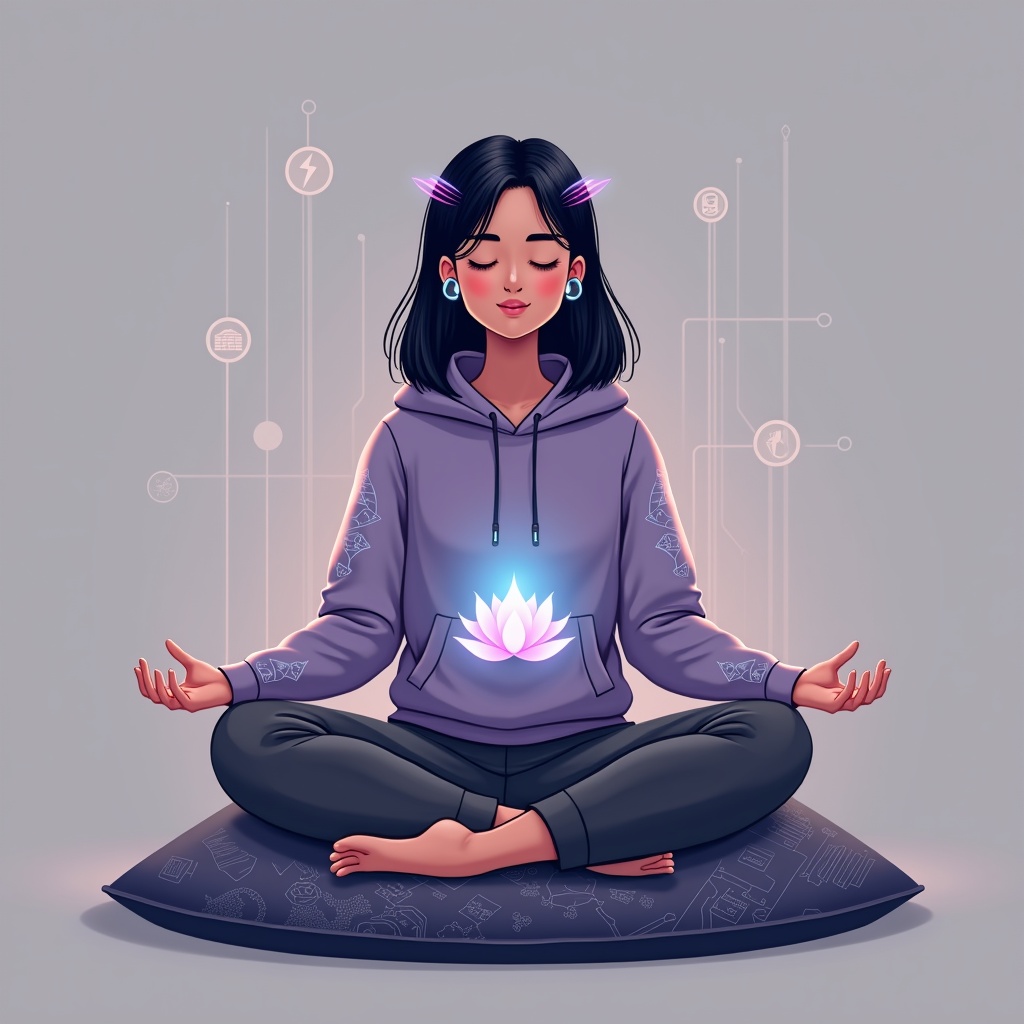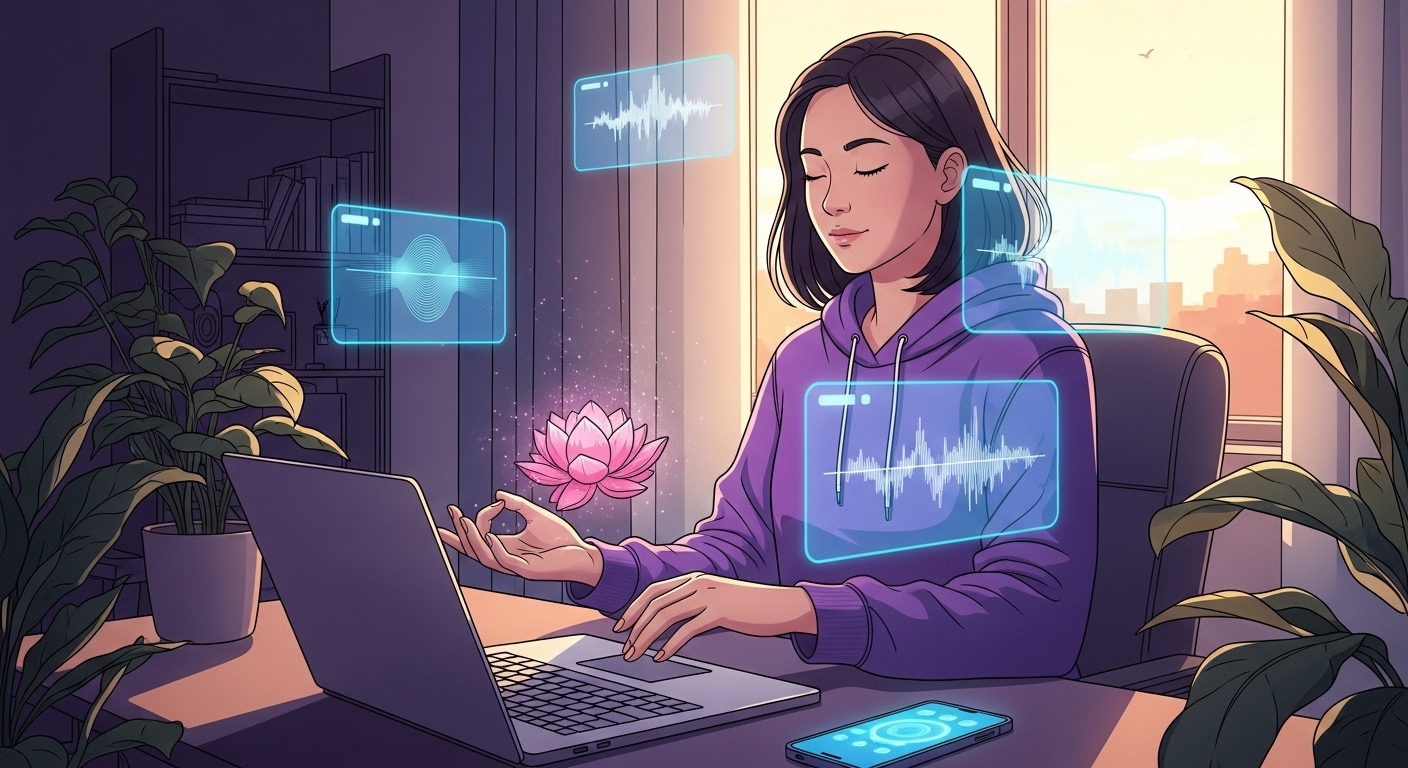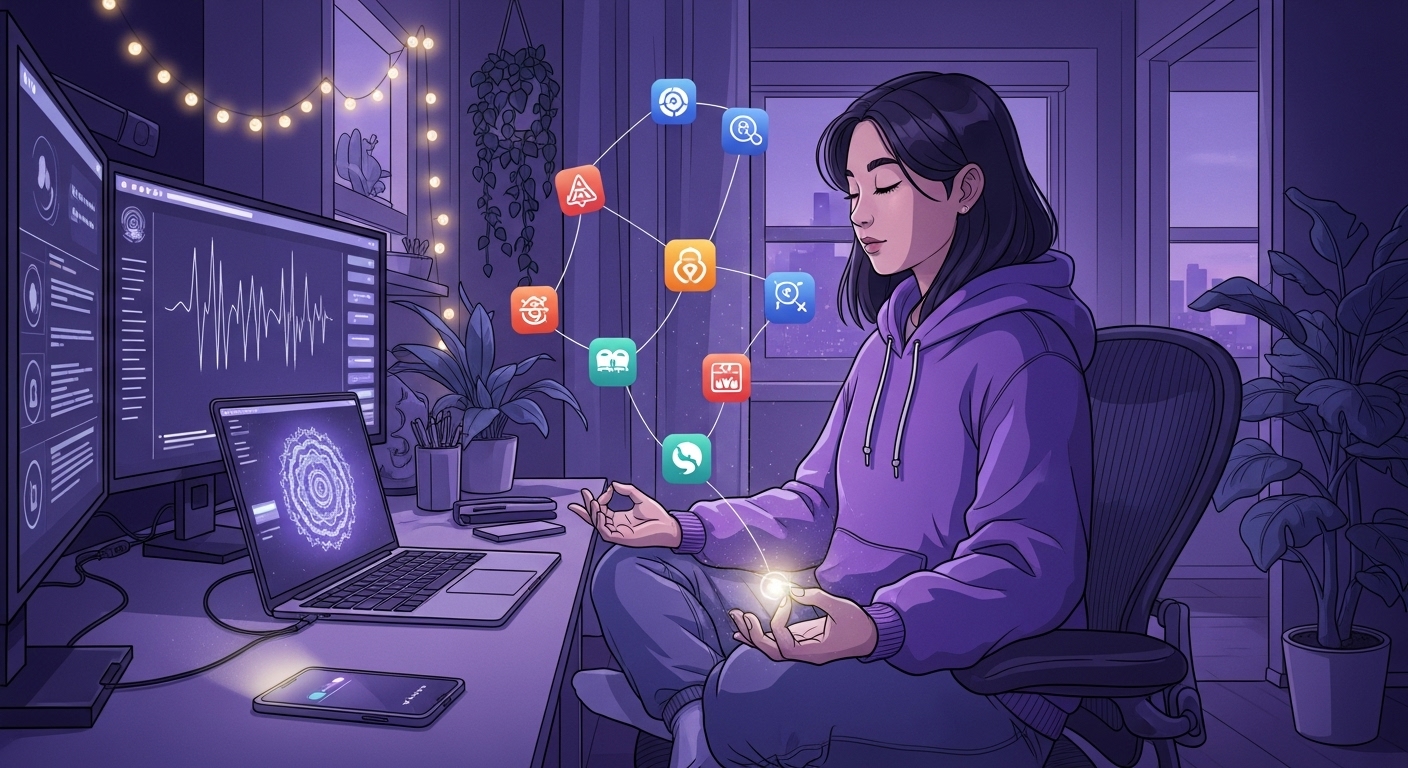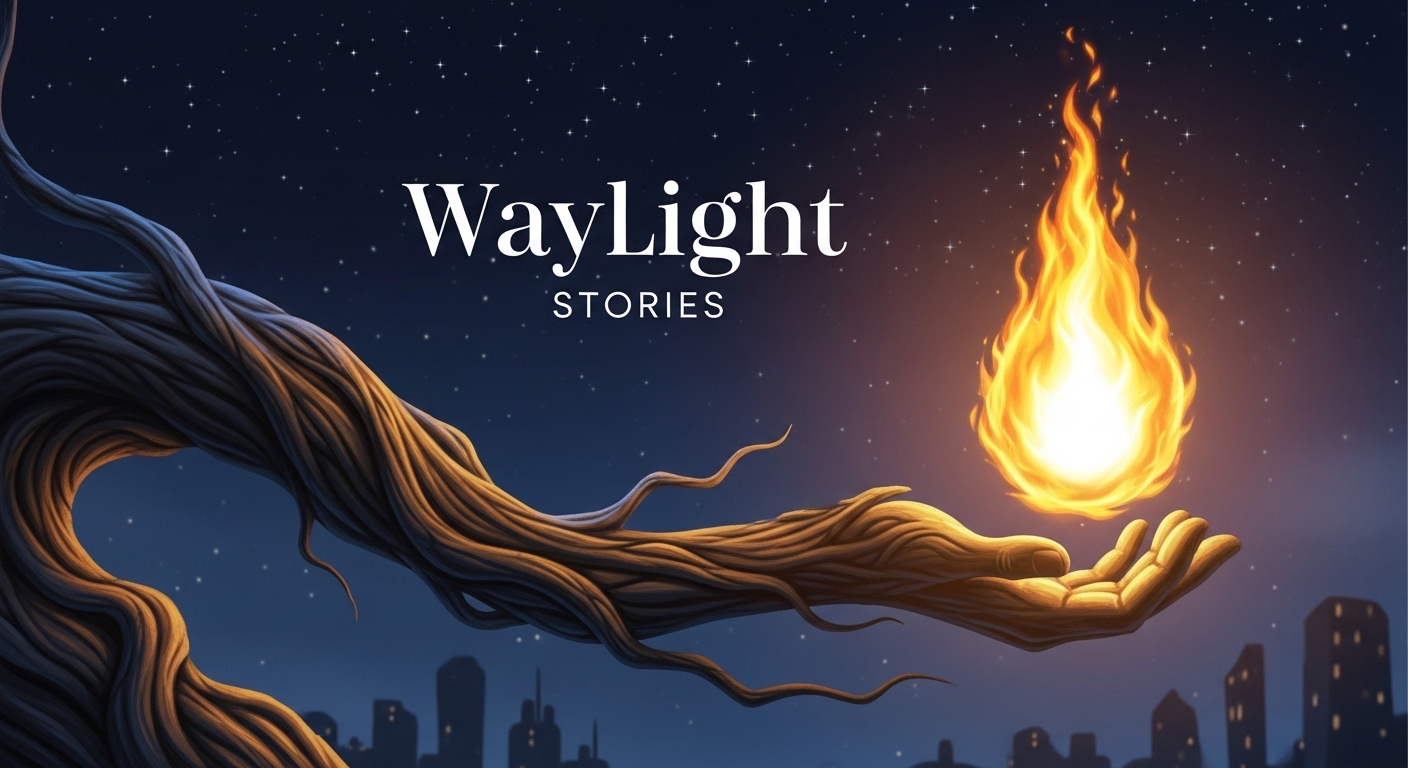Your Screen, Your Sangha: The Future of Digital Spirituality
We're the first generation seeking enlightenment while managing inbox zero. Discover why your spiritual practice needs digital integration, not digital detox.

The First Generation
We’re pioneers here. We’re the first humans trying to find enlightenment while managing inbox zero. The first generation seeking the sacred through screens. The first souls navigating consciousness through code.
There’s no ancient wisdom for this. Buddha didn’t have browser tabs. Jesus didn’t juggle Zoom calls. The mystics didn’t deal with notification anxiety.
But that doesn’t mean the path isn’t here.
Your Screen, Your Sangha
Here’s what I know: Your spiritual practice doesn’t need a digital detox. It needs a digital integration.
Your screen time isn’t toxic—unconscious screen time is.
Your online life isn’t shallow—unconscious online life is.
Your digital connections aren’t fake—unconscious digital connections are.
The path to presence runs through pixels as surely as it runs through forests. Consciousness flows through fiber optic cables as freely as through meditation halls. The sacred exists in servers as much as in temples.
You don’t need to choose between your digital life and your spiritual life.
You just need better protocols.
This concludes our three-part series on Sacred Protocols. Start with one simple practice—the Three-Breath Check-In before unlocking your phone—and watch how presence transforms your digital experience.



